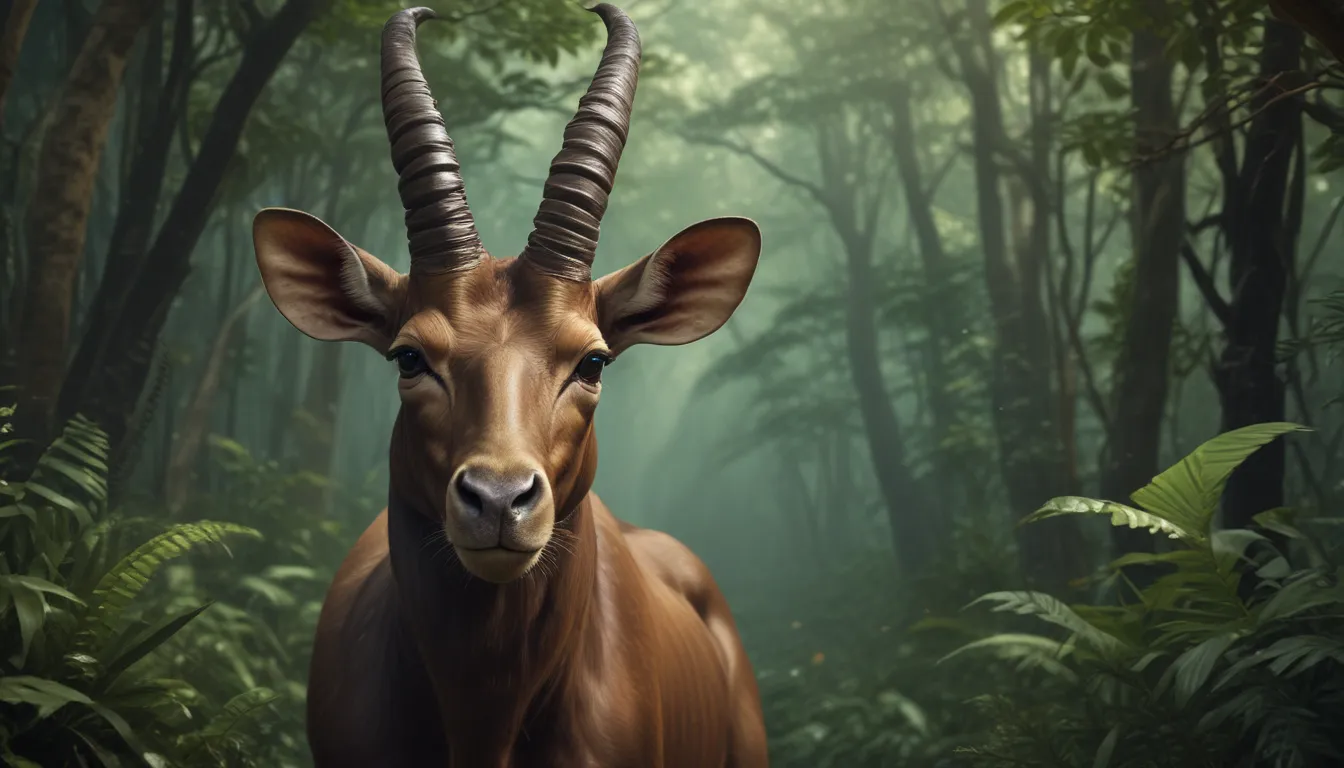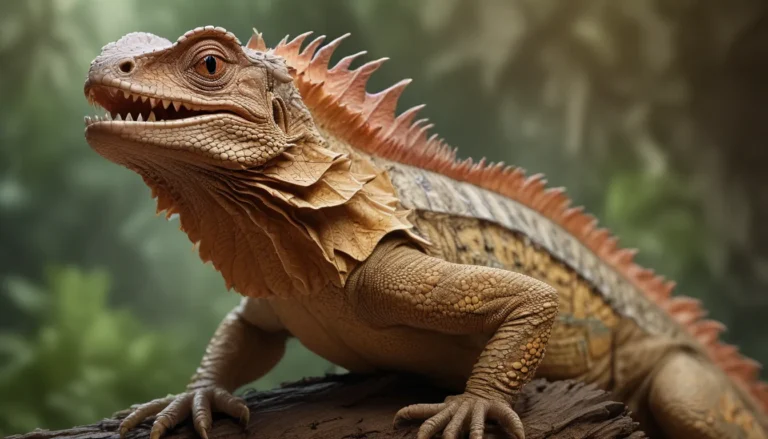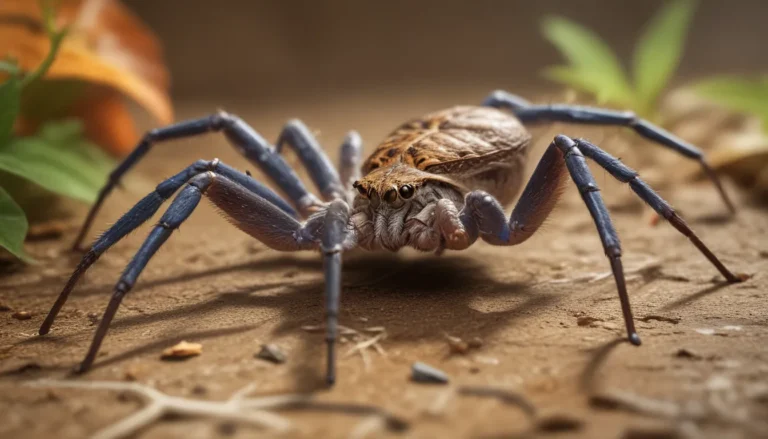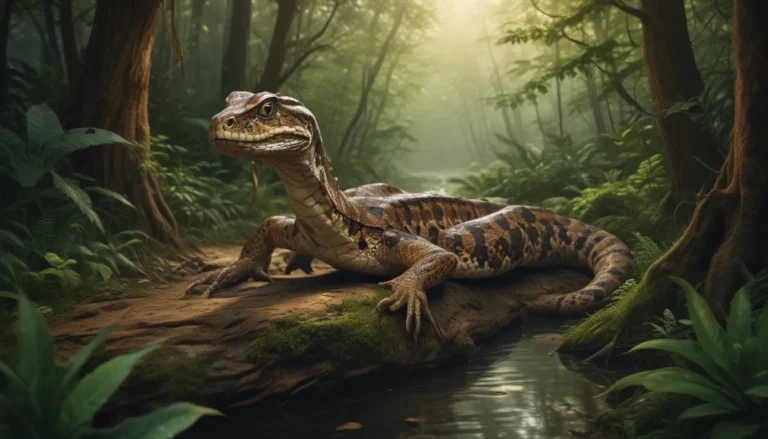The pictures we use in our articles might not show exactly what the words say. We choose these pictures to make you interested in reading more. The pictures work together with the words but don’t take their place. The words still tell you the important facts.
Are you ready to embark on a journey through the mystical forests of Southeast Asia and uncover the secrets of the elusive Saola? Known as the "Asian Unicorn" not for its horn, but for its rare sightings and almost mythological status, this fascinating creature beckons us to delve deeper into its mysteries. Each Saola fact reveals a new layer of understanding about this enigmatic species, shedding light on their unique habitat preferences, conservation challenges, and vital role in the biodiversity of the Annamite Range. Join me as we unravel the marvels of nature embodied by the Saola – it's going to be an enlightening adventure!
Exploring the World of the Saola
Let's start our exploration by understanding what makes the Saola truly remarkable. Discovered in 1992 during a joint survey by the Ministry of Forestry of Vietnam and the World Wide Fund for Nature, Saolas are among the world's rarest large mammals, inhabiting the dense forests of the Annamite Range that straddle Vietnam and Laos.
- Saolas were a recent addition to the scientific community's knowledge, with their discovery in 1992 marking a milestone in wildlife exploration.
- Residing in the challenging terrain of the Annamite Mountains, Saolas face unique conservation obstacles due to their habitat's complexity.
Decoding the Mystery: Why Saolas Are Called “Asian Unicorns”
The moniker "Asian unicorn" captures the essence of the Saola's elusive nature rather than a physical horn. Shrouded in mystery and seldom encountered, these creatures evoke a sense of wonder akin to the mythical unicorn.
- Despite sporting two horns, the scarcity and enigma surrounding Saolas have earned them the captivating nickname "Asian unicorns."
- With estimates suggesting only a limited population, there's an air of mystique surrounding these elusive beings, making their conservation all the more crucial.
Unveiling the Unique Characteristics of the Saola
Beyond their rarity, Saolas boast distinctive physical features that set them apart. Sporting impressively long and straight horns, these creatures don a beautiful brown coat with striking white markings on their faces, accentuating their enchanting appearance.
- Saolas possess two smooth, parallel horns that can grow up to 20 inches long, adding to their allure and uniqueness.
- Their diet, primarily comprising leaves, stems, and fruit, showcases their role as essential herbivores within their ecosystem.
Safeguarding the Saola: Current Threats and Challenges
Despite their captivating presence, Saolas face imminent threats to their survival. Habitat loss driven by logging and agricultural expansion, coupled with the risks of poaching and accidental capture in snares, poses a severe danger to these rare creatures.
- Poaching and unintended snare captures targeted at other animals pose significant risks to the dwindling Saola population.
- Habitat destruction fueled by logging and agriculture further jeopardizes their existence by restricting their living spaces.
Conservation Initiatives for the Saola’s Survival
Recognizing the critical status of Saolas, dedicated conservationists have initiated various measures to protect these enigmatic beings. By establishing protected areas within their habitat and conducting essential research, efforts are underway to ensure the Saola's continued existence.
- Conservation groups have designated protected zones within the Annamite Range to safeguard Saolas and preserve their habitat.
- Research and monitoring endeavors play a pivotal role in acquiring crucial data on Saola populations, which guides conservation strategies for their preservation.
The Vital Role of Saolas in Ecosystem Health
As key herbivores, Saolas play a crucial part in maintaining ecological balance within their habitat. Their dietary preferences contribute to controlling vegetation growth and fostering diverse plant life, marking their presence as a vital indicator of a thriving ecosystem.
- Through herbivorous feeding habits, Saolas aid in regulating vegetation growth and sustaining a rich array of plant species.
- Their existence serves as a barometer of ecological well-being, highlighting the significance of their conservation for environmental health.
Charting the Path Forward: Ensuring the Saola’s Future
The future of Saolas hinges on concerted conservation efforts, heightened public awareness, international collaboration, and technological advancements. Upholding the survival of these "Asian unicorns" is not just about preserving a single species but safeguarding the rich biodiversity of the Annamite Range and our planet's natural heritage.
- Continued conservation endeavors, anti-poaching measures, and habitat protection are essential for the sustained survival of Saolas.
- Educating the public about Saola conservation can garner crucial support for protection initiatives, emphasizing the importance of community involvement.
- International cooperation between Vietnam and Laos is imperative for implementing joint conservation strategies to safeguard Saolas.
- Technological innovations, such as camera traps and genetic analysis, offer hope for enhancing conservation strategies by deepening our understanding of Saola behavior.
- Engaging local communities in conservation efforts is vital, as their participation plays a pivotal role in protecting Saolas and preserving their habitat.
- Financial backing for conservation programs is critical to ensure the long-term viability of Saolas, underscoring the need for global support and resources.
- Exploring breeding programs may offer a path to bolstering Saola numbers, though challenges exist due to their elusive nature and captivity complexities.
- Climate change poses an additional threat to Saolas, prompting concerns about habitat alterations that could further imperil their survival.
- Ultimately, the plight of Saolas underscores the interconnectedness of all life forms and underscores the global imperative of conservation to safeguard our planet's breathtaking biodiversity.
Embracing the Enchantment of the Saola’s Realm
Embarking on a captivating odyssey through the world of the Saola has unraveled captivating facets of this elusive creature. As the custodians of our planet's diverse ecosystems, we bear the responsibility of protecting extraordinary species like the Saola from the threats they face. Let's carry forth the knowledge gained from this expedition and contribute to the preservation of the Saola, an exquisite marvel crafted by the wonders of nature.
Answering Your Inquisitive Minds: Frequently Asked Questions
Q: What exactly is a Saola?
A: Saolas, often dubbed the "Asian Unicorn," are mysterious creatures found exclusively in the Annamite Range straddling Vietnam and Laos, showcasing a unique blend of rarity and allure.
Q: How often do scientists spot Saola in the wild?
A: Spotting a Saola in its natural habitat is an exceedingly rare occurrence, with only a handful of documented encounters since their discovery in 1992.
Q: What do Saolas eat?
A: Saolas are herbivores, predominantly consuming various forest vegetation such as leaves, branches, and possibly fruits, adapting their diet to their habitat.
Q: Why are Saolas considered critically endangered?
A: Habitat loss, poaching, and the threat of snare entanglements designed for other animals pose significant risks to Saola populations, heightening their conservation urgency.
Q: Can Saolas be found in zoos?
A: Saolas have never thrived in captivity, with past attempts resulting in stress-related declines and mortality due to their intricate needs and sensitivity in artificial settings.
Q: What efforts are being made to save the Saola?
A: Conservation groups are diligently working to protect Saolas by establishing protective zones, removing snares, and collaborating with local communities to minimize hunting pressures.
Q: How do Saolas communicate?
A: While details on their communication remain obscure, Saolas likely utilize scent marking to interact with each other, a common behavior among hoofed animals for territorial and mating purposes.
Q: What makes the Saola so special?
A: Beyond their enigmatic nature, Saolas embody a symbol of the diverse biodiversity present in the Annamite Range, emphasizing the need to conserve these natural wonders for future generations.
Concluding Reflections
As we conclude our enlightening journey into the world of the Saola, let's carry forward the appreciation and understanding gained for these captivating creatures. The Saola's enigmatic existence beckons us to protect and cherish the intricate tapestry of life on Earth, underscoring the profound interconnection of all living beings. With unity, dedication, and unwavering commitment to conservation, we can safeguard the irreplaceable marvels of nature and ensure a sustainable future for all species that call our planet home. Together, let's embark on a journey of preservation and stewardship, honoring the legacy of the Saola and preserving the wonders of our natural world for generations to come.






